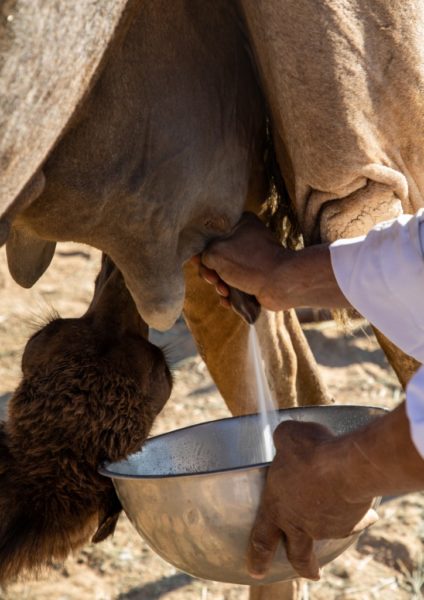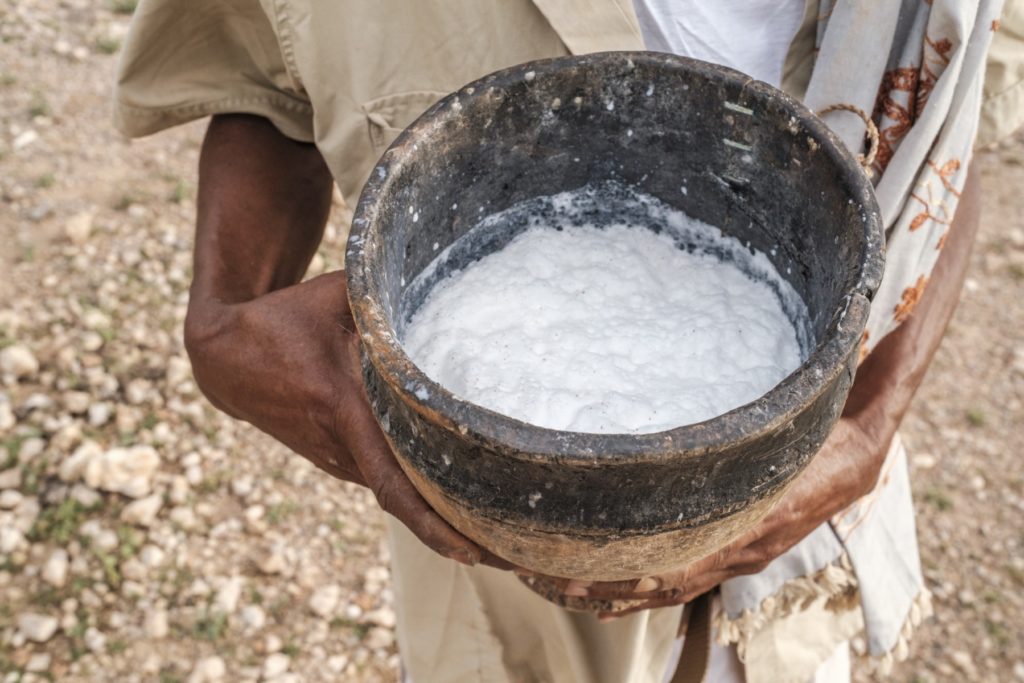Dubai – A food that is deemed healthy and even associated with mythical healing powers. That’s how the camel milk has been seen in regions of the Middle East and Asia. So said food consultant Dalal AlGhawas. Born in Kuwait, she’s the founder & CEO of SWAPAC T&C, an agrifood trade and consulting firm focused on food security in the GCC and Asia-Pacific. GCC stands for the Gulf Cooperation Council, which comprises Bahrain, Kuwait, Oman, Qatar, Saudi Arabia, and the United Arab Emirates.
In an interview with ANBA, AlGhawas focused on the trends in the beverage industry she has tracked in recent years. One of them is the consumption of the camel milk raw and as an ingredient in the dairy industry.

global demand for camel milk, particularly from the Chinese and European market.” The demand has encouraged camel breeding countries to boost their milk production. Nevertheless, the product is still considered premium due to its rarity.
AlGhawas mentioned how the studies have helped put the product at the healthy food aisle. “We have what we call desert technology. In the camel milk industry, what’s interesting is that in the past five years, the United Arab Emirates did a lot of research on camels,” she said.
Read more:
One research carried out by the Arab country with the Central Veterinary Research Laboratory sought to develop the production and diversify the camel milk into different categories of products, including ice cream and ghee.

AlGhawas said the camel milk has 50% less fat than the cow milk. “In China they see the camel milk as a remedy. That’s because it’s more immune boosting than milk from other animals, nearly as much as the human milk,” said AlGhawas.
Less lactose
An article published in Nature said a team from the UAE University has worked on camel milk. Studies show that the proteins and peptides in the product have antioxidant properties that are good for the intestines, are rich in nutrients and have been shown to reduce cholesterol levels. The milk has also shown good results when consumed by lactose-intolerant people as it contains less lactose than the cow milk.
Though the researchers noted that the reason why the camel milk has these benefits is still unclear, the consultant believes there’s a regional factor. “You have many brands adding dairy to cuisine. And now everyone is intolerant to lactose. What happened? It does involve a genetic aspect. If you go to Arab Mediterranean countries like Syria, Lebanon, Palestine, Jordan, since this population are a mix that include European roots, they are more adapted to consume European-style dairies. But if you go more to the South of this region, if you have an African or Indian ancestry, milk from camels or other animals from these regions may be more tolerable for you,” she said.
Premium
“We have a large [population] caldron. That’s why we say that in terms of consumer desires, almost everyone look for something lactose free,” the consultant pointed out.

Camel farms in Dubai
In one of the analyzes made during the largest food and beverage trade show in the Middle East, Gulfood, AlGhawas highlighted innovations by firms like Bakarat, a supplier of fresh products from the UAE that includes a camel milk smoothie in its line. Another local brand, Camelicious, manufactures chocolate from camel milk, while Camelait makes instant latte mix.
AlGhawas believes the UAE market has a very diverse segmentation in dairy and has taken allergies and intolerances into account. Nevertheless, one of the things that hangs over the sector is how the country and the Gulf region can develop an industry capable of catering to the growing demand. “When you look at the market, camel milk is still very premium. How can you make it more popular, more affordable? Because it’s still very expensive right now. But, well, that comes later,” she concluded.
Translated by Guilherme Miranda




